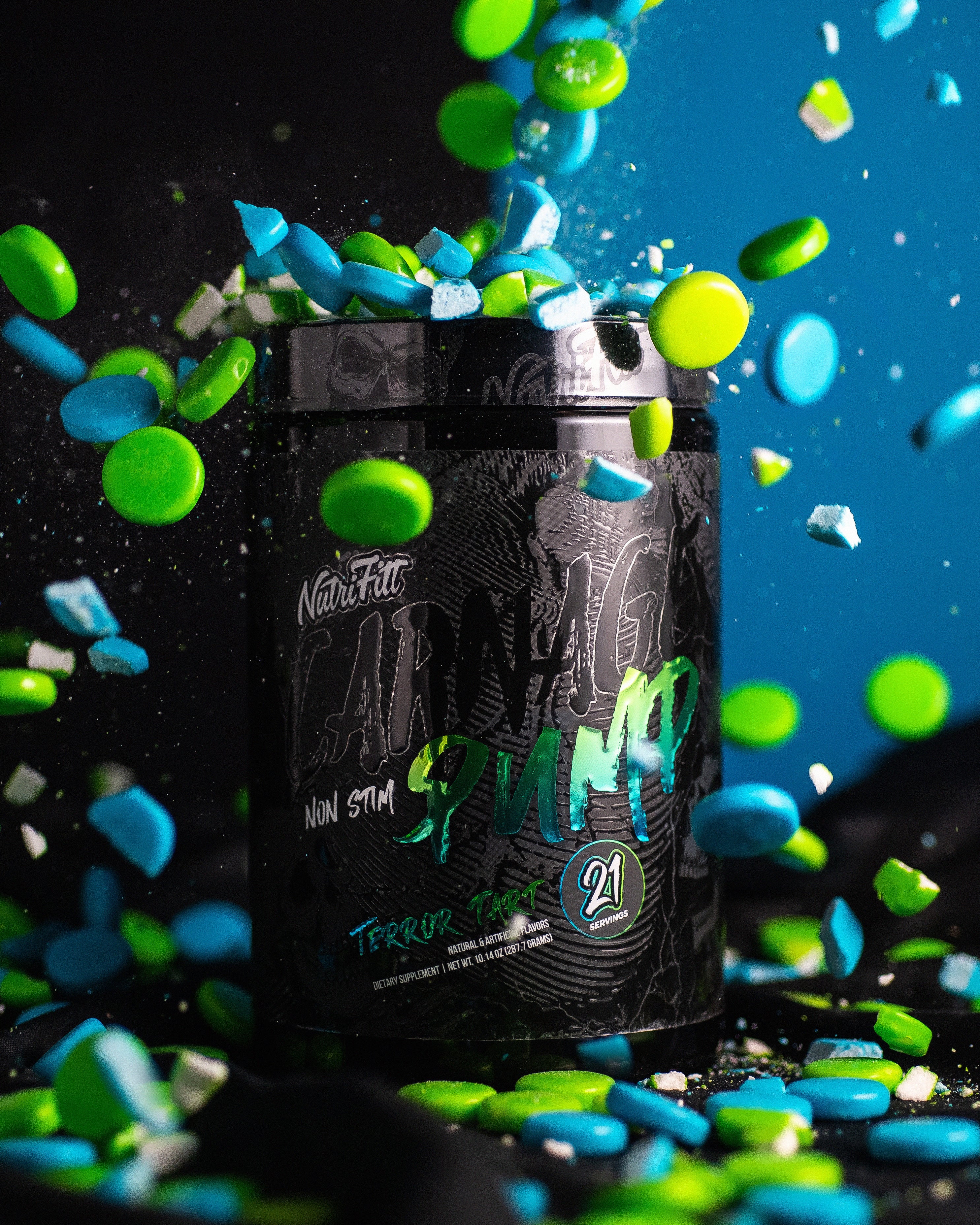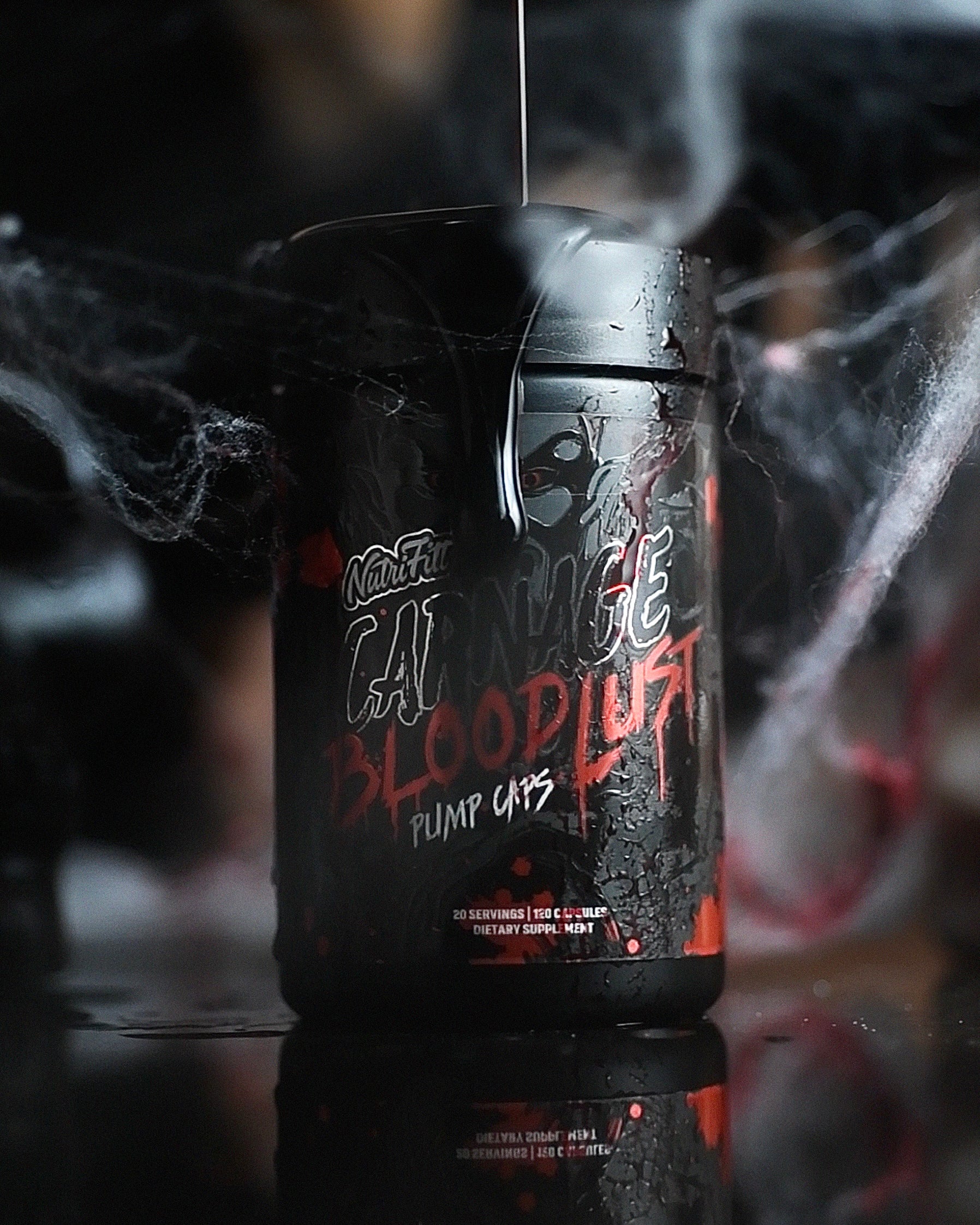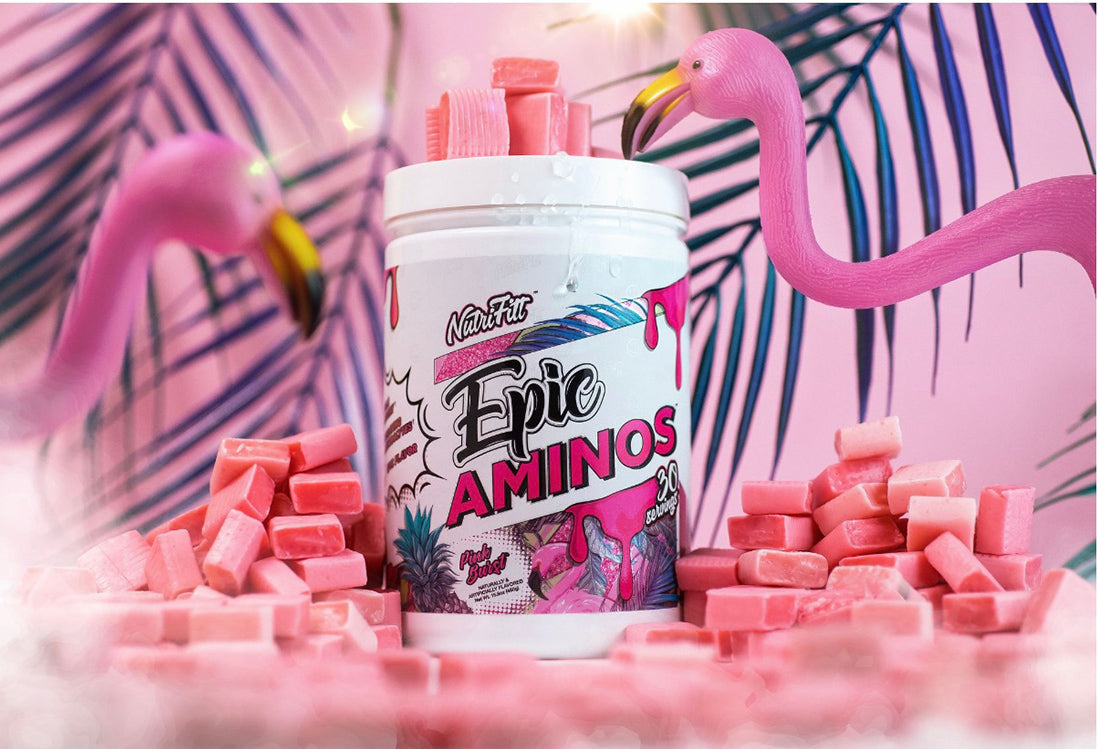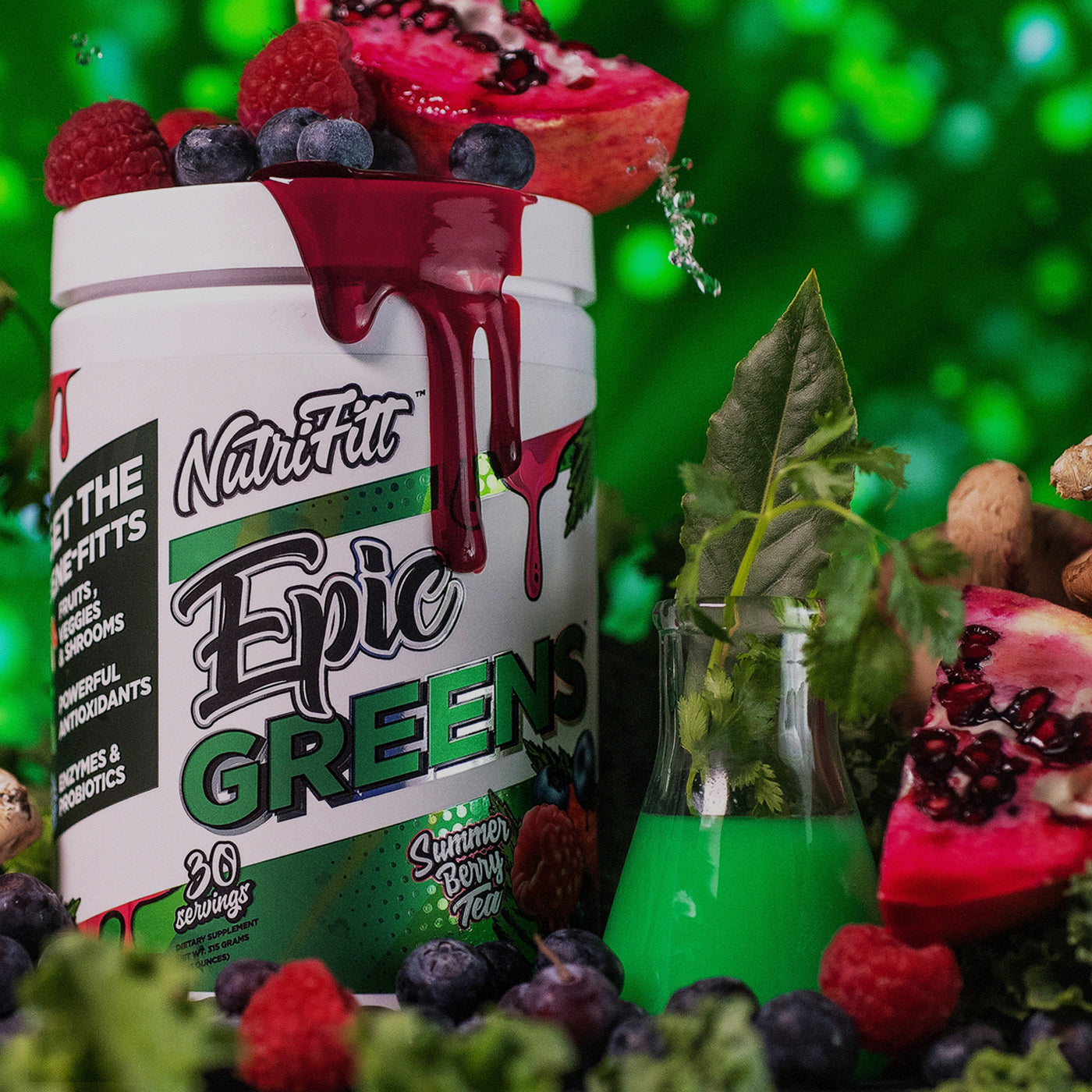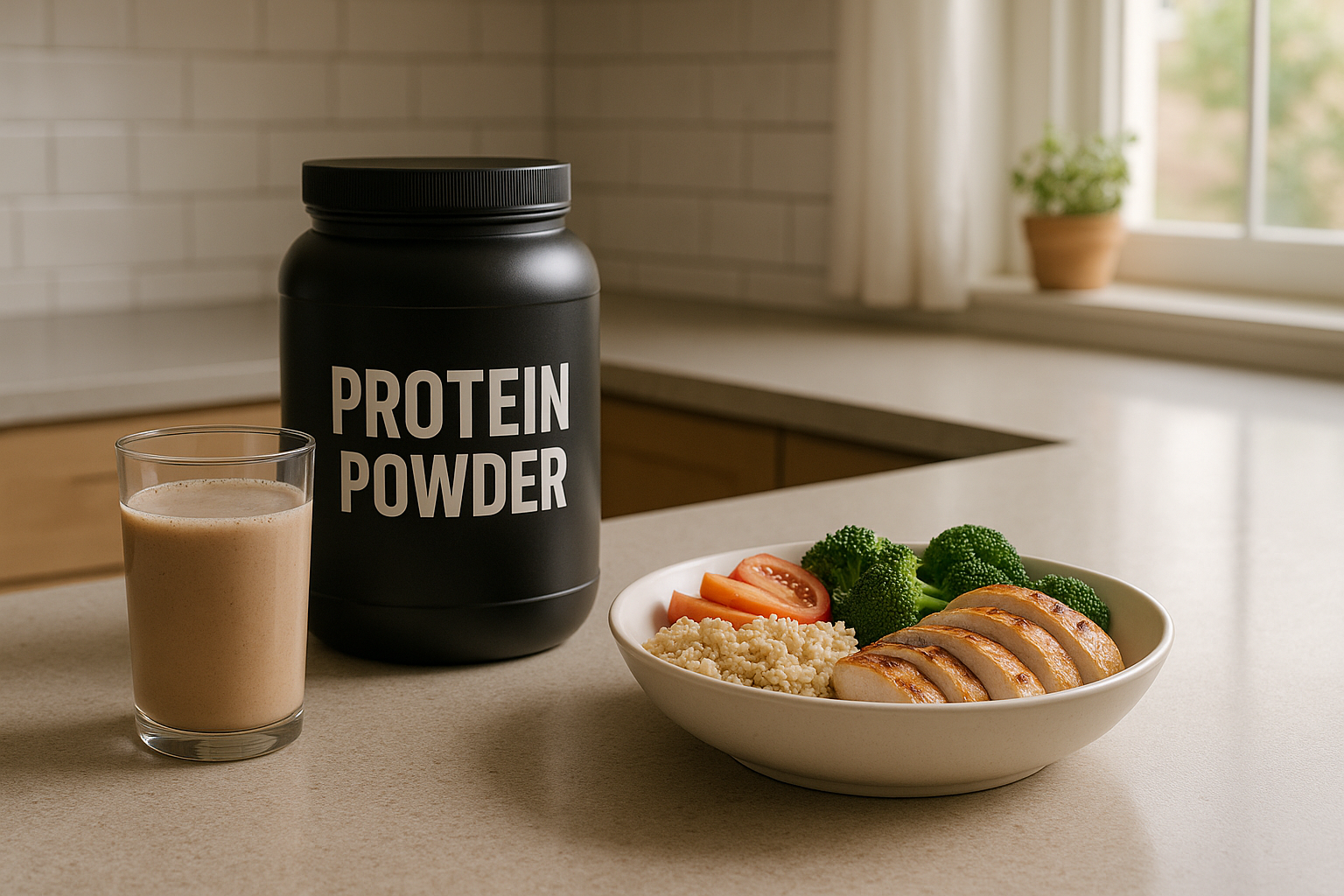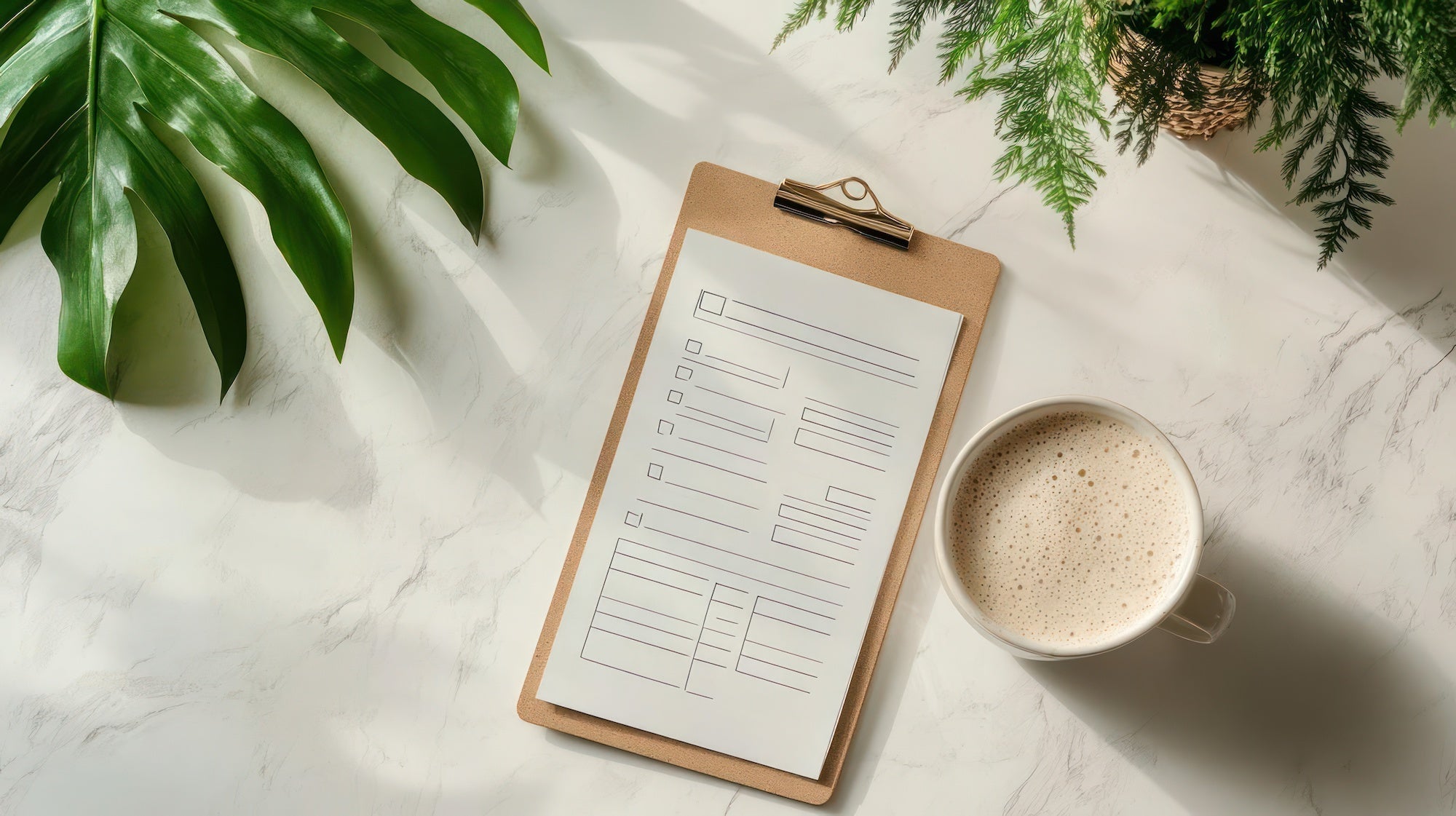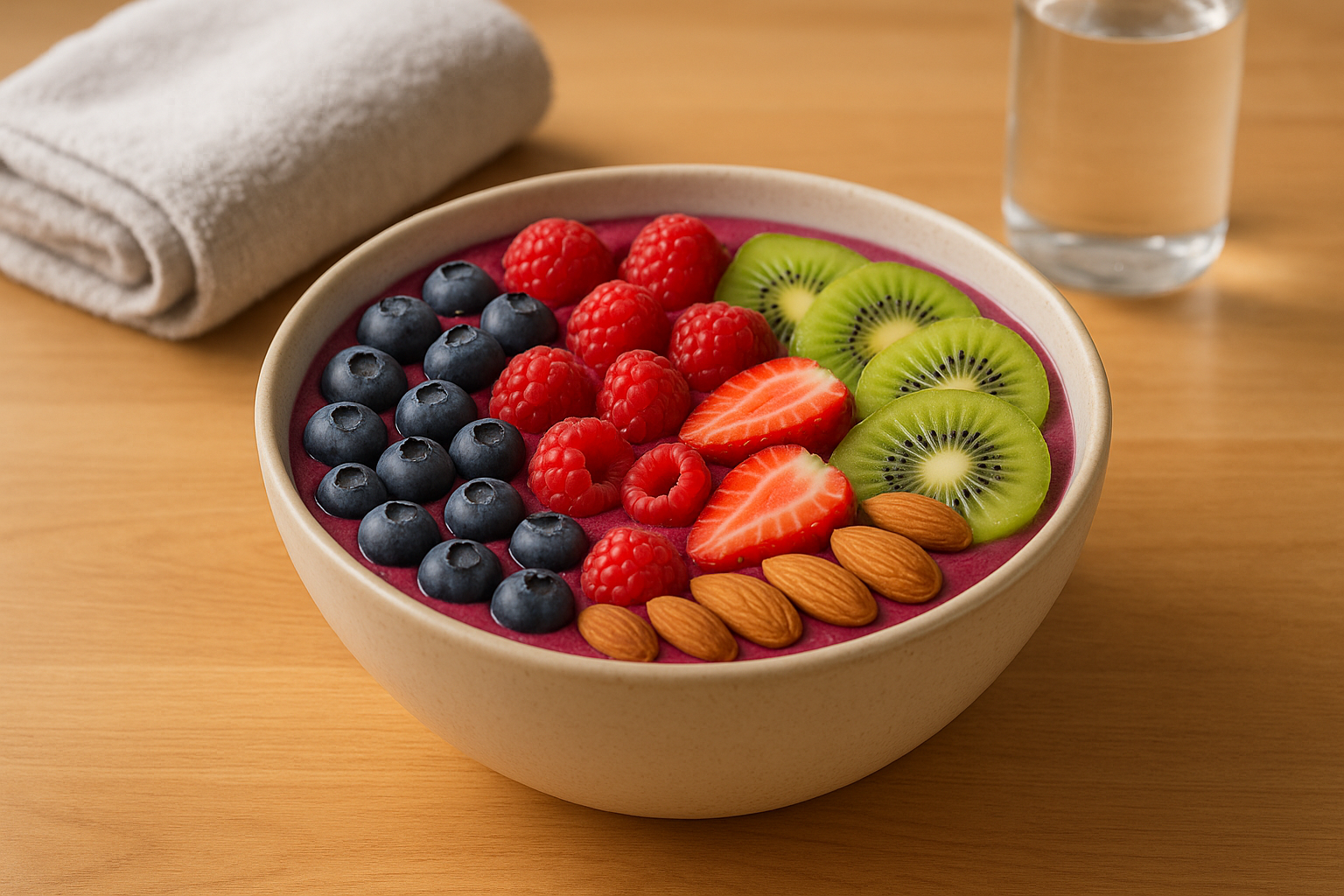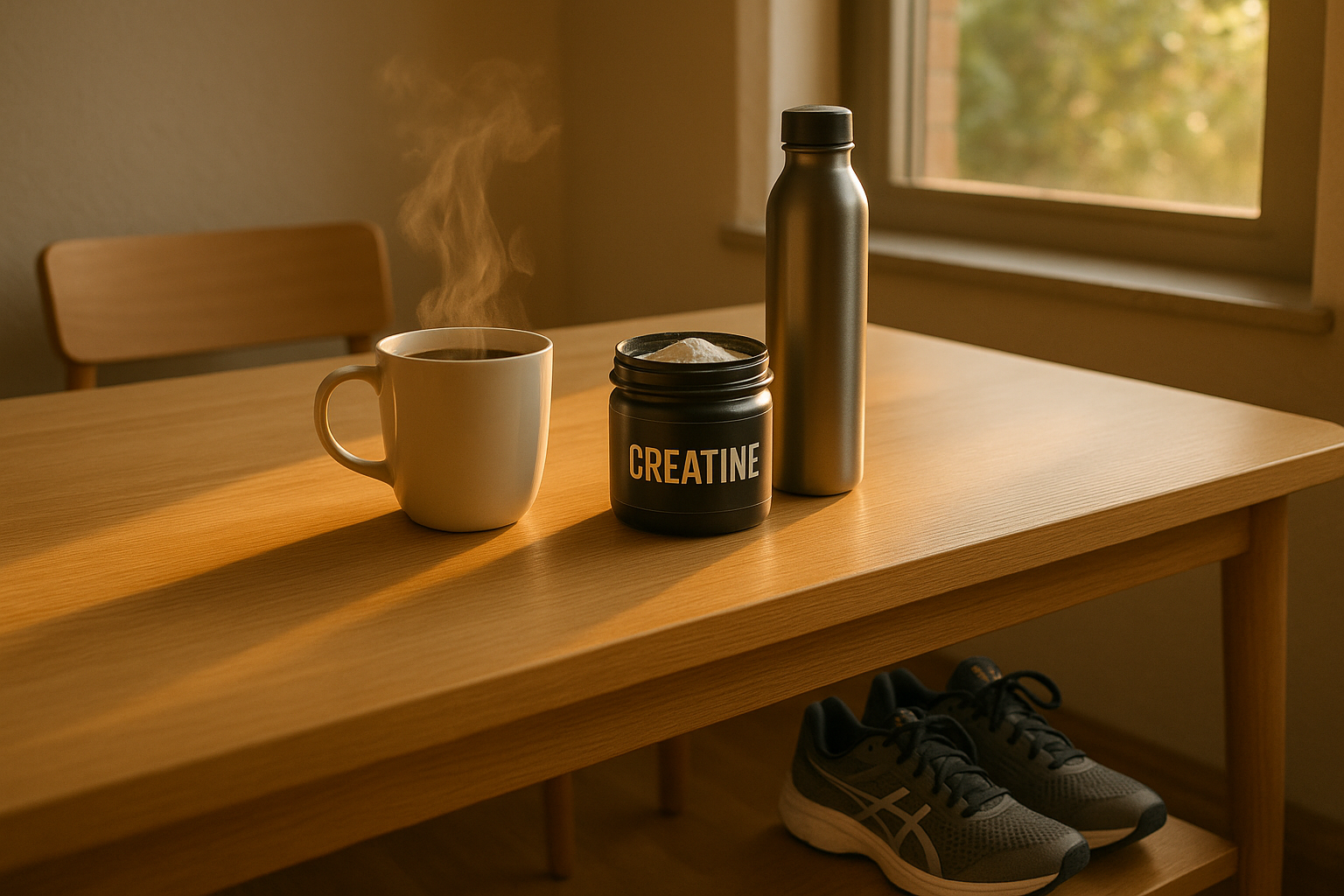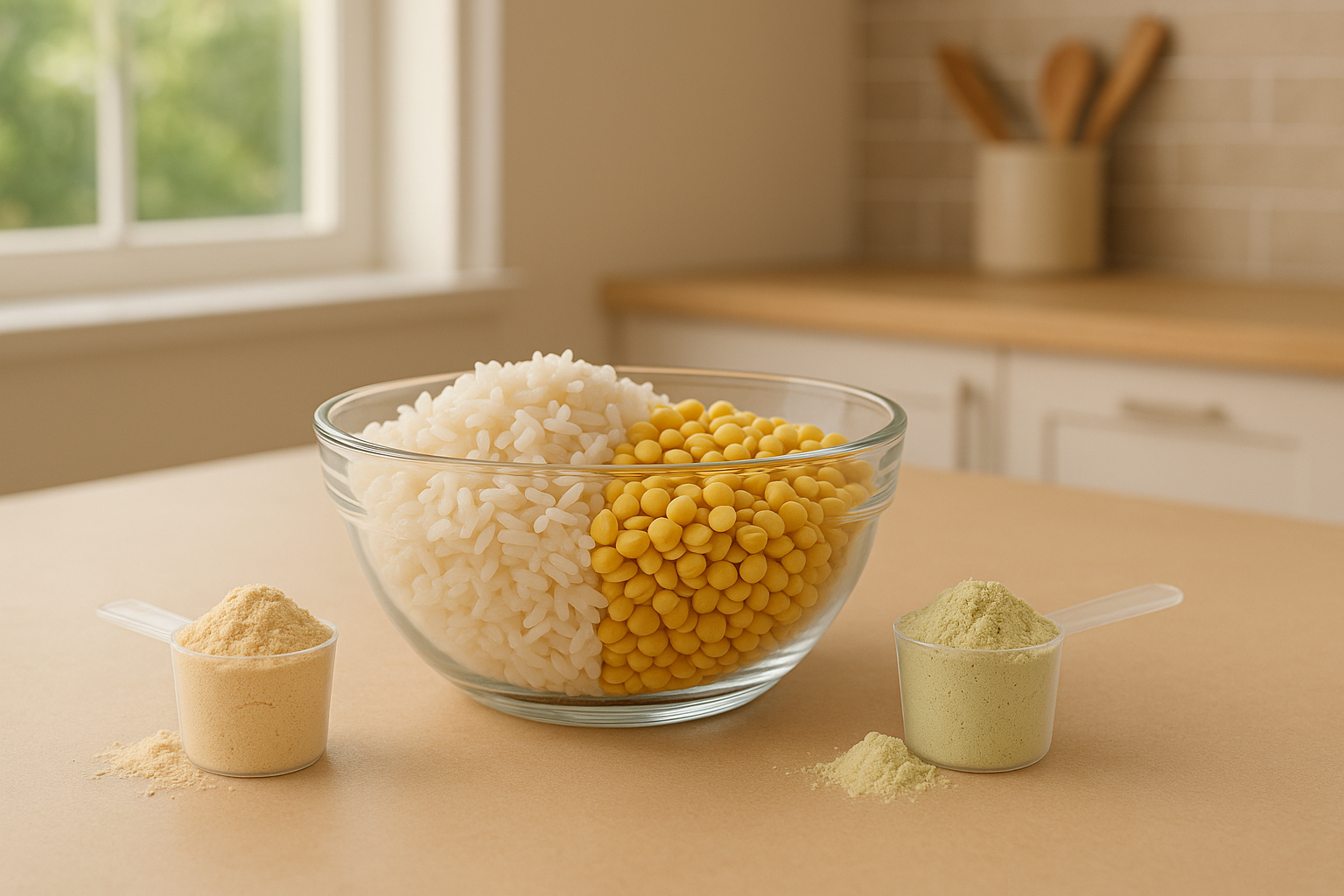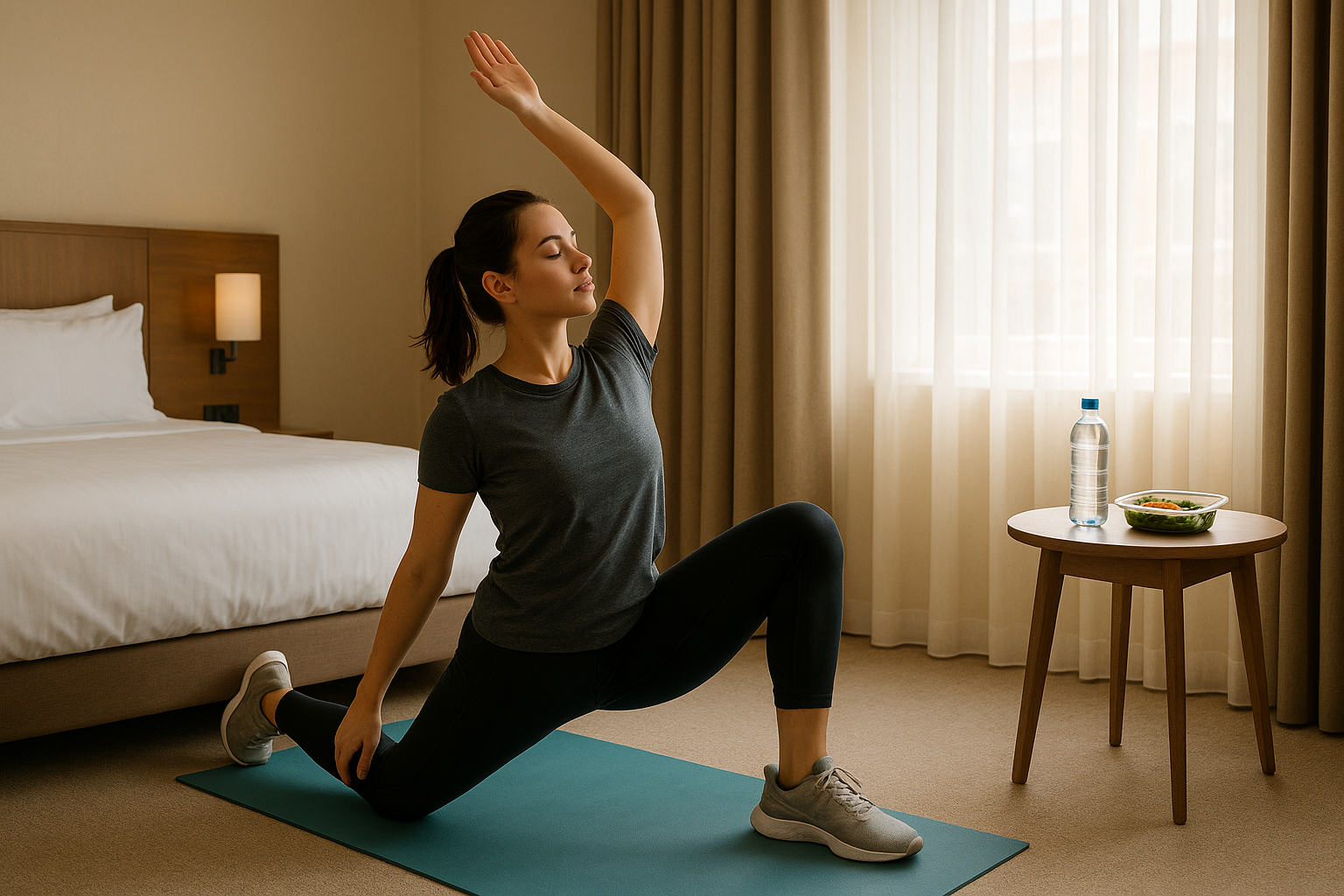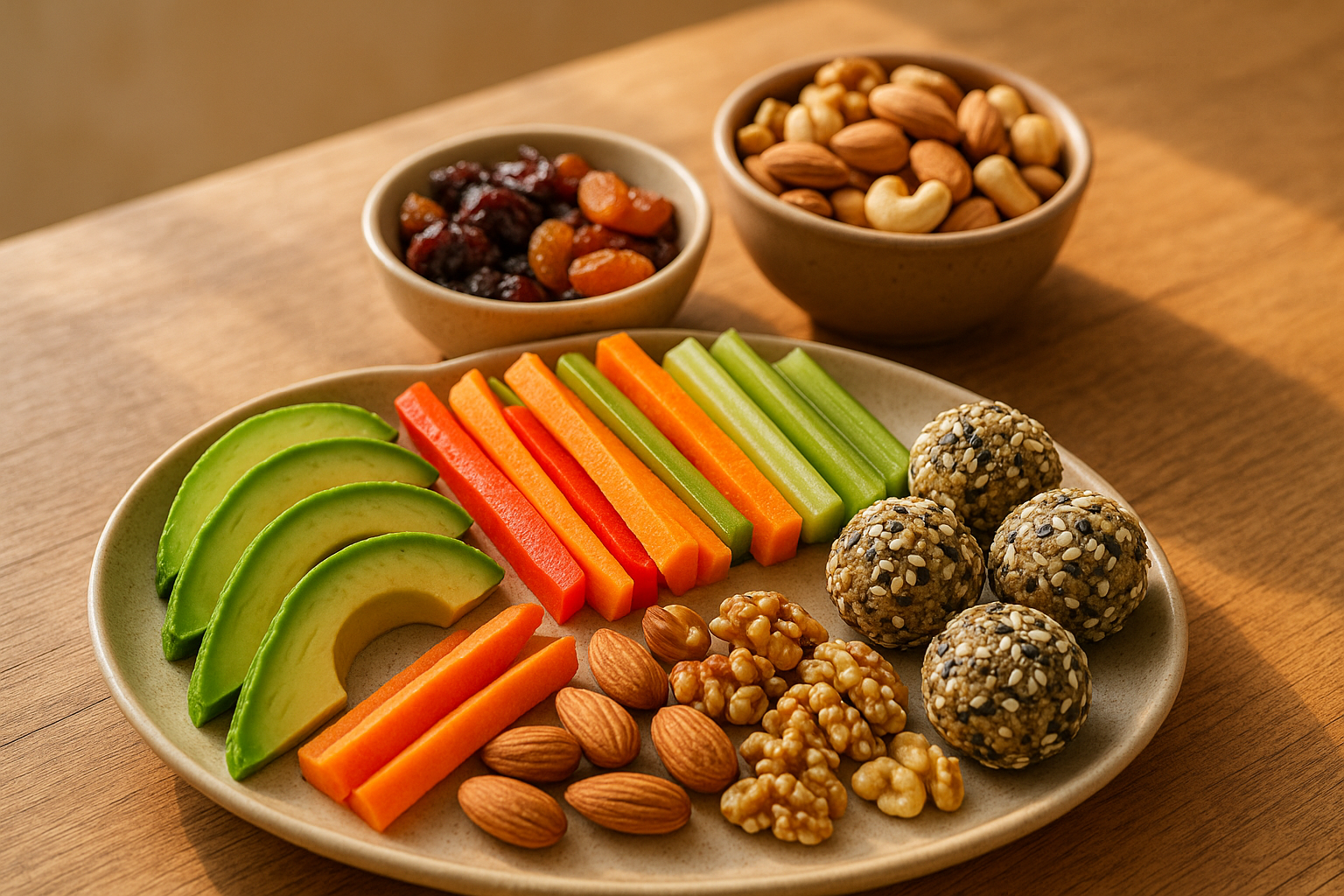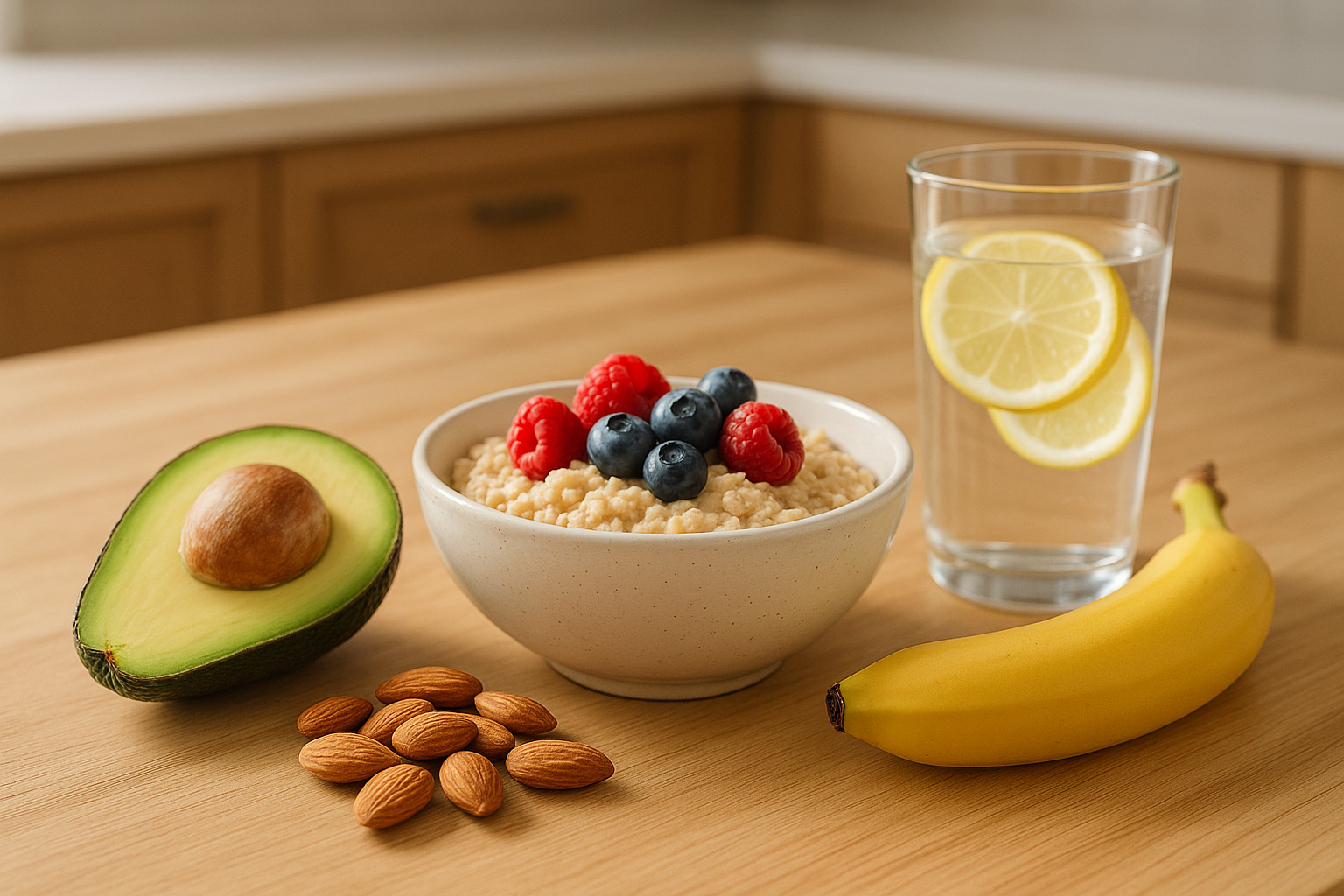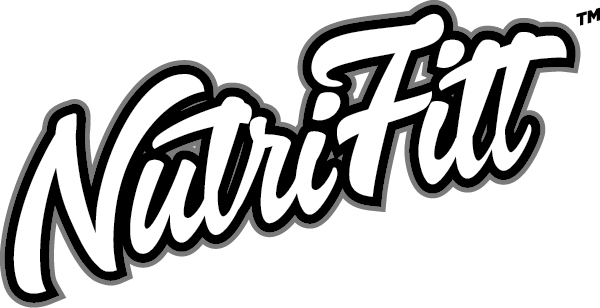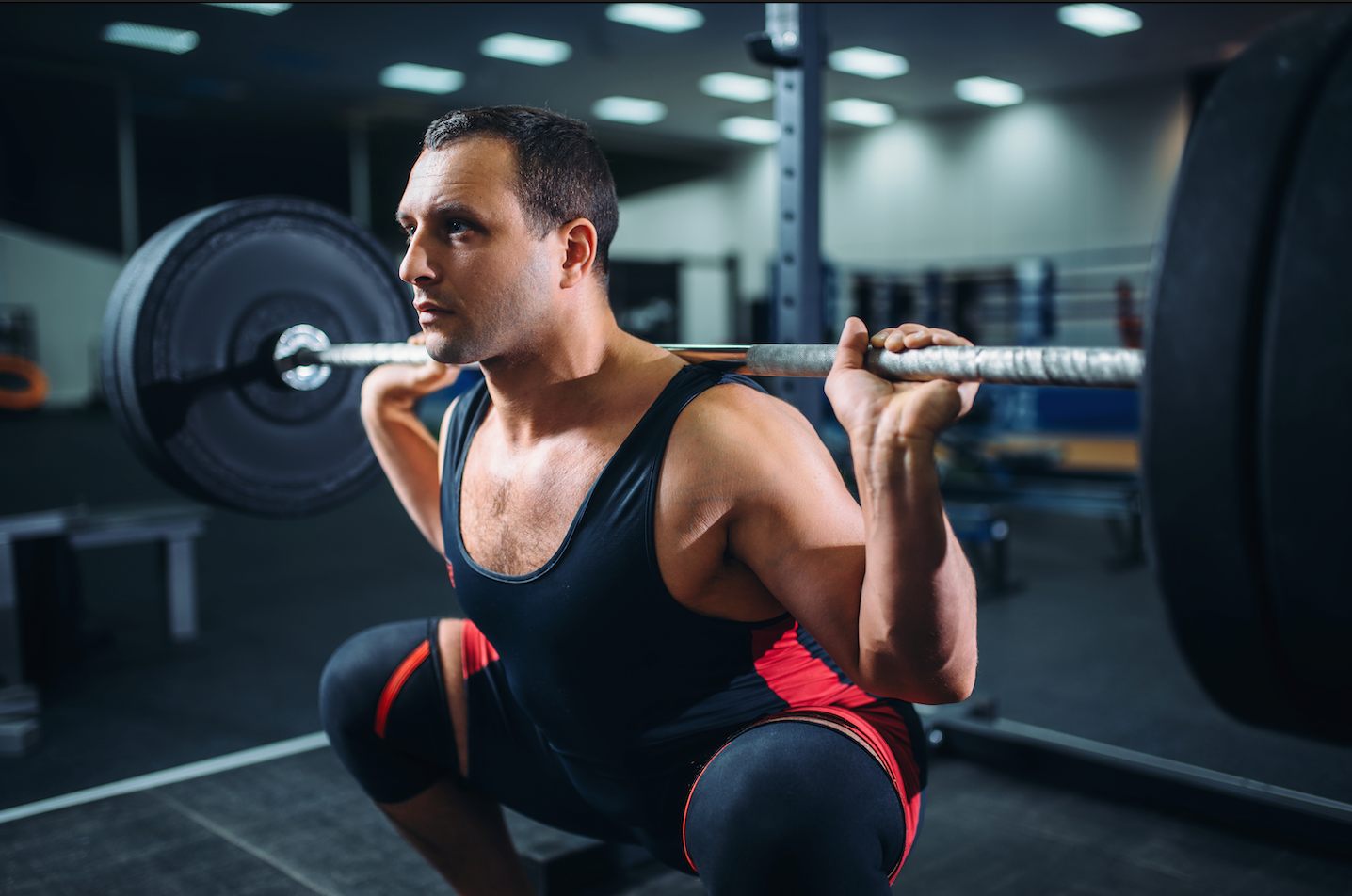
Got Lagging Quads? Here’s the Fix.
Everyone is put together in a unique way, biomechanically. Although our bodily systems are all basically the same, we’re all different machines with slightly different parts. Your leverages might be slightly different than your training partner’s, and it may cause them to grow different muscles more easily than you, and vice versa. There are lots of factors involved, but let’s drill down into a few mechanical and general training hacks that you can use to get stubborn quads to wake up and start growing.
Generally speaking, you may be facing one or more of a few types of problems. You may not be training hard enough to stimulate growth. You may be training too hard for your body to recover and support growth. You may be mechanically favoring the wrong muscle, transferring the load away from the quad. You may be structuring your workout so that you aren’t able to progressively overload the muscle week over week.
Let’s talk about these variables and the best way to fast-forward your quad growth.
Training Volume & Frequency
The bottom line is that you must be training your quads enough to elicit continual adaptation, but not so much that you are in a state of overtraining, where your strength and performance decline. The rule of thumb for finding the sweet-spot frequency is if you are sore for more that 48 hours after your last leg day, you’ve probably done more training volume in that session than you can recover from without digging yourself into a “recovery hole.” Once you find the sweet spot, you can then add your next leg training session on the third day. This level of frequency may not be indefinitely sustainable, so if you notice yourself regressing, take a 4-6 week break and only train legs once per week.
Sub-Optimal Exercise Mechanics and Movement Patterns
Your quads serve one major function and that is to extend your leg. However, you also have hamstring and glute muscles that help them along the way during a squat. If you want to turn your squatting movements into more quad focused exercises, here are a few tips:
Close your stance:
Typically, a wider stance will result in more hamstring and glute activation throughout the movement of a squat or similar exercise. It will distribute the load across your entire lower body, and therefore less load will be applied to your quads. Try a closer stance.
Toes Forward:
One of the actions of the glutes is to externally rotate the leg, so when you squat with your toes pointed out, your glutes are already activated and ready to take over some of the load. Use a more toes-forward foot position and you will notice the tension change across your quads to target your vastus lateralis, or the sweep of your quads and less posterior chain.
Knees Over Toes:
You may have heard “keep your knees behind your toes when you squat.” Well, that’s not necessarily true. It depends on what you’re trying to achieve with a squat. When you sit back into the squat, you’re going to engage your glutes to a high degree. When your knees go over your toes as you descent into the squat, the weight will load your quads preferentially. Take a look at how to perform a sissy squat and execute a couple reps and then compare that feeling in your quads to a regular air squat. So, find ways to safely allow your knees to drift beyond your toes under load and watch your quads blow up.
Ineffective Exercise Selection and Sequencing:
You should always train to failure or beyond to grow. Right? Nope. If you aren’t strategic in the way that you structure your training sessions, you could be leaving a lot on the table. For instance, if you start your training with squats and obliterate your legs with cluster sets, drop sets and supersets, you may not have the energy to continue your workout using heavy enough loads to elicit growth. When you cut your workout short like that, you have effectively reduced your overall training volume for the day. Now, if you work with a challenging weight with a few very difficult reps in each set and sparingly use intensifiers, you will notice that your overall volume increases, which will allow you to apply more time under tension per session and you stand a better chance at sustainable growth.
We suggest holding off on intensifying modalities until just before you start your isolation, single-joint movements towards the end of your workout.





